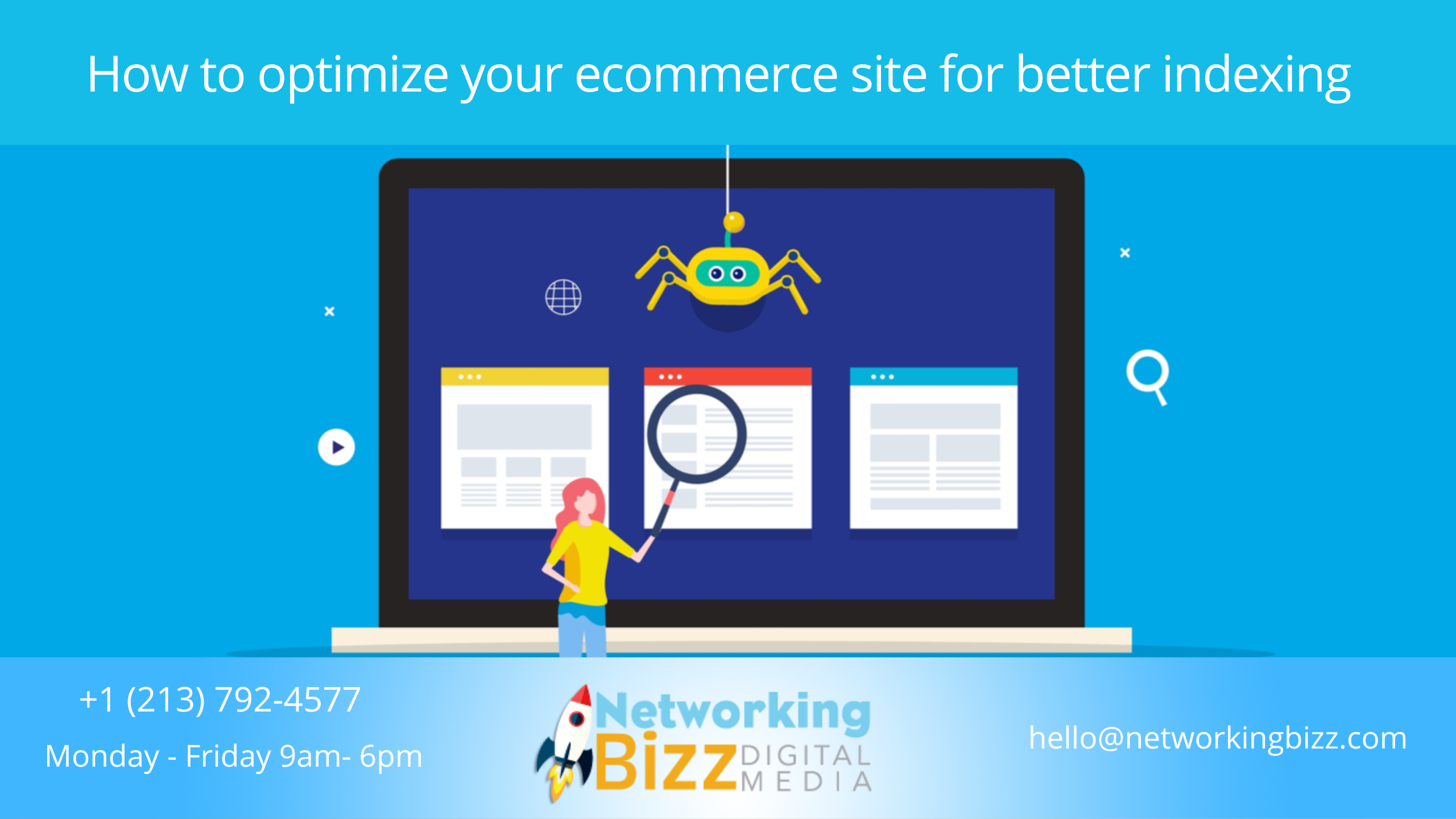Is your ecommerce site underperforming? Learn how optimizing your product pages can help you exceed the quality threshold for indexing.
Over the next couple of years, how search engines index content will likely change.
I’ve covered this viewpoint in Why 100% indexing isn’t possible, and why that’s OK. Still, this ultimately means that we need to work smarter in competitive markets to create better value propositions and uniqueness to move above the ranking quality threshold.
For different websites, indexing key pages can mean different things. But for ecommerce stores, it boils down to two types of pages:
- The category page or product listing page (PLP).
- The individual product page or product details page (PDP).
Historically, many ecommerce websites have implemented similar strategies – to bulk out the category page with some form of “SEO content” (that mostly fell to the bottom of the page) and an optimized H1.
Individual product pages, on the other hand, often receive less attention. A few key products might have product descriptions written. But most of the time, the page content is left to the product information management (PIM) solution to populate.
Why indexing signals matter in ecommerce
First, I want to clarify that when I’m talking about “indexing signals,” I’m not talking about the page-level indexing signals we can control, such as canonicals and noindex tags.
For the most part, I’d like to think these are correct, as related issues should be found in the first five minutes of looking through any crawl data.
I’m referring to the signals we can generate when Google (and other search engines) are processing your website and the content on individual product pages to ascertain whether it would be a “good” document to rank within search results pages and for which queries.
The decision on whether the page (the individual HTML document) is good enough to index comes down to the notion of a quality threshold. Search engines need to have a quality threshold, as indexing the entire web is impossible.
In ecommerce, the quality threshold bar will differ between industries (e.g., the threshold will be lower for fast fashion than for home medical equipment).
A mistake I often see is that the quality threshold is mistaken for E-A-T, when it’s a wider combination of:
- The source of the content (e.g., brand, entity).
- The topical relevancy, authority, and breadth of the content.
- E-A-T (as we know and understand it).
- Historical data and factors.
- Competitor content and value propositions for the same search queries.
Google also isn’t linear in how it presents SERPs. For example, the current SERP in the U.S. for the 12,000 monthly search volume query [solar charger] has a SERP containing:
- Google Shopping results.
- A Top Stories carousel.
- Four ecommerce results, including Amazon and BestBuy.
- Five informational results (a couple of them look affiliate).
This matters because Google is clearly catering to multiple common interpretations and intents for the query.
By providing mixed results, it also needs to have different thresholds per result source type – as it’s impossible to compare the Amazon result to a random product comparison website result.
This is also why keyword difficulty scores in third-party tools are becoming increasingly redundant for me.
The internal link between supporting content and your PDPs
Internal anchor texts are important and, from my experience, are often underoptimized and left as generic calls to action (CTA).
Examples of generic CTAs include “click here” and “find out more.” Google calls this out in a 2008 Search Central article as a “not-very-optimal way of linking.”
Google’s John Mueller has said on record that the anchor text used for internal links gives Google context around what the page being linked to is about.
Descriptive anchor text relevant to the content they’re placed in and relevant to the page you’re linking to can help Google better understand:
- Where the content piece sits in your domain ecosystem.
- Whether it should be ranked for a certain query over another page. (As much as we target keywords with specific pages, pages will rank for multiple keywords intended or otherwise.)
Improving your product detail pages for better indexing
A lot of ecommerce websites don’t invest enough in their product pages.
In competitive markets, most of these PDPs don’t offer unique value propositions and fall below the quality threshold for indexing.
There are several ways to enhance your product pages and leverage the business and brand’s unique selling proposition (USP).
Dynamic metadata and product information
Let’s say your brand’s USP focuses on offering quality products at lower prices, and search terms gravitate around “budget” and “cheap.”
To enforce the lower price in the page content and boost click-through from the SERPs, you can include dynamic elements in the PDP title tag, H2, and body copy to pull through the current price.
Content enrichments
Many product pages tend to follow templated product descriptions, which is understandable as there’s only so much you can write about specific products.
However, you can enrich product pages through expert reviews or advice sections and tie them in with your website’s E-A-T strategy and other content areas.
Championing among variables
Some product lines have the same product but with multiple iterations and releases. Some of these come over several years (e.g., the iPhone) and others over the course of months (e.g., Pokemon cards).
The core product name doesn’t often change, only the version number or name, but you might still want all versions available to users.
One tactic I’ve used here is to create a “champion” version among the near duplicates – typically the most recent or most valuable product. I then add internal links between the versions so search engines can better understand the relationship between each one.
Rather than having the product versions randomly compete for indexing, you’re signaling a champion for more consistency.
Wrapping up
The methods listed above shouldn’t be read as a “do everything checklist.”
Instead, you should leverage the tactics according to what works for your brand, your website (stack), and how much needs to be done to tip the needle in your favor.
Ultimately, optimizing your product detail pages for indexing sets your ecommerce site for success in the SERPs.

